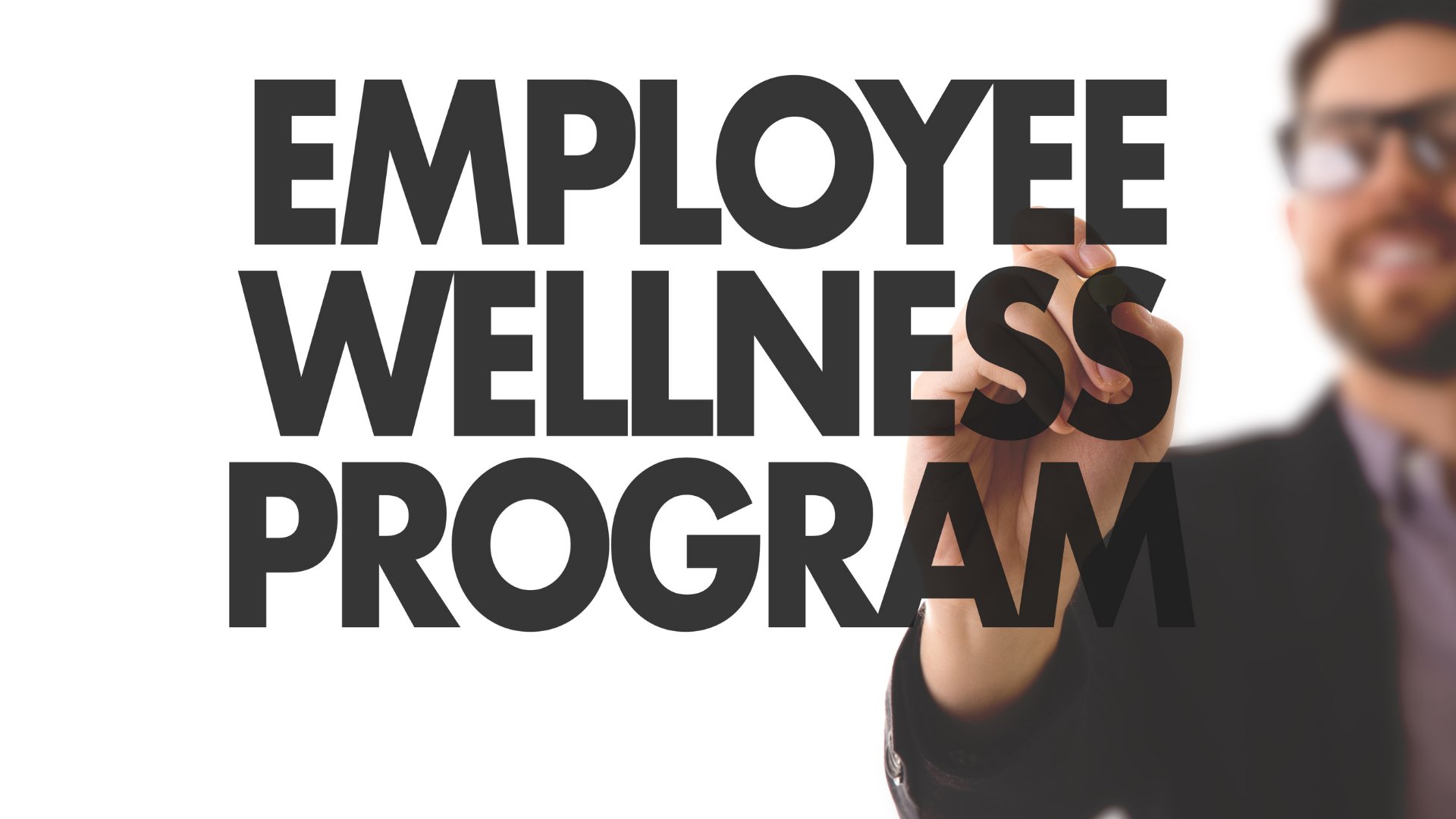Every time I watch the news about the Cauvery water-sharing conflict, I feel a mix of sadness and curiosity. Sadness because it is heartbreaking to see communities suffer, and curiosity because I wonder how we could approach such a situation differently. On one hand, farmers in Tamil Nadu depend on this water for their crops and livelihoods. On the other hand, the people of Karnataka also rely on the same river for their drinking water, agriculture, and industry. Both sides feel justified. Both feel wronged.
The result is a familiar cycle of accusations, protests, and legal interventions. One state blames the other for being unfair. One side insists the share is disproportionate. The other argues that rainfall and storage conditions make it impossible to release more water. Courts are brought in, but even after rulings are passed, the discontent does not disappear.
This is not just about two states. It is a mirror to the way conflicts play out in many areas of life. In workplaces, in families, even in international relations, the themes are similar. Competing needs, strong emotions, entrenched positions, and a tendency to blame rather than solve. Watching this unfold made me reflect deeply on how we, as individuals and teams, deal with disagreements. Could we handle them better?
Why Conflicts Escalate
Table of Contents
The Cauvery dispute has been going on for more than a century. That in itself shows how unresolved conflicts grow larger with time. They become not just about resources but about pride, identity, and history. Once that happens, the problem is no longer about “water” but about “winning.”
In our workplaces too, conflicts escalate for similar reasons. A team member disagrees with another. Instead of addressing the issue, people start questioning each other’s intent. “She always blocks my ideas.” “He never listens.” The focus shifts from the problem to the person. That is when trust erodes and positions harden.
If we step back, we notice three traps that make conflicts escalate:
- Personalization of the issue – turning the disagreement into an attack on character.
- Fixed positions – clinging to a number, a condition, or a demand without exploring alternatives.
- Competition over cooperation – seeing the other side as a rival rather than a partner.
These traps are easy to fall into and hard to get out of. But they are not impossible to avoid.
Lesson One: Do Not Make it Personal
When I first read Getting to Yes by Roger Fisher and William Ury, one phrase stayed with me: “Separate the people from the problem.” It sounds simple, but in practice it is revolutionary.
During the Cauvery negotiations, leaders on both sides often ended up making statements that targeted individuals. Ministers accused one another. Politicians gave fiery speeches. The public anger grew because the leaders made it about personalities and perceived betrayals, rather than about water management.
At work, we may not see protests on the streets, but the dynamics are strikingly similar. When a manager tells an employee, “You always miss deadlines,” the focus shifts from the task to the person. Instead, if the manager says, “This project milestone was delayed, let us explore why,” the conversation remains constructive.
By not making conflicts personal, we protect relationships. We open the door for problem-solving. And most importantly, we preserve trust.
Also read: The Measuring Stick: 12 Questions for Team Effectiveness
Lesson Two: Move from Fixed to Flexible
Imagine two farmers, one from Karnataka and one from Tamil Nadu, sitting across the table. Both need water. Both believe their need is greater. If they stick to fixed numbers, they will never agree. But if they shift the conversation to interests instead of positions, the possibilities widen.
This principle is beautifully explained in Getting Past No by William Ury. He emphasizes the need to control reactions, listen actively, and look for mutual gains. Flexibility is not about giving up your needs; it is about expanding the frame of reference.
In the case of water, flexibility could mean exploring alternative sources, improved irrigation efficiency, better storage systems, or even collaborative projects. In the workplace, flexibility could mean adjusting timelines, sharing resources, or redistributing responsibilities.
The real challenge is emotional. A fixed mindset gives us a sense of security because we feel we are standing firm. Flexibility requires vulnerability. It requires us to say, “Maybe I do not have the full picture.” And that takes courage.
In our experience at FocusU, we have noticed that when teams learn to move from rigid stances to open curiosity, the quality of solutions improves dramatically.
Also read: Build Your Own Winning Team: Lessons from Cricket
Lesson Three: Co-operate, Do Not Compete
Every time ministers walk out of meetings on the Cauvery issue, I am reminded of how costly competition can be. Instead of sitting at the table and asking, “How do we solve this together?” leaders often retreat to their camps. The outcome is stalemate.
When two states in the same country treat each other as rivals, the price is paid by ordinary citizens. Similarly, when departments in the same organization treat each other as competitors, the price is paid by the business and its people.
Cooperation does not mean giving up. It means reframing the goal. Instead of saying, “How do I get the bigger slice of the pie?” the question becomes, “How do we make the pie bigger together?”
When marketing teams and sales teams, for instance, work in silos, friction is inevitable. But when they co-operate, the customer experience improves, and both sides win.
One of the most inspiring programs I have come across is The Leadership Challenge, which emphasizes collaboration, trust, and shared vision. Leaders who practice this model learn to foster unity rather than division.
Explore: The Leadership Challenge at FocusU
Beyond Water: The Bigger Picture
The Cauvery row is not unique. All over the world, disputes over resources, boundaries, and responsibilities continue. What makes some societies thrive while others struggle is not the absence of conflict but the ability to handle conflict productively.
In organizations too, conflict is inevitable. People bring different ideas, backgrounds, and priorities. Pretending that conflict can be eliminated is unrealistic. What matters is whether the conflict turns destructive or constructive.
Destructive conflict drains energy, lowers morale, and creates divisions. Constructive conflict sparks innovation, deepens understanding, and strengthens bonds. The choice lies in how we approach it.
Also read: Leadership Development for New Managers: 10 Key Challenges
How We Can Handle It Better at Work
When I reflect on the Cauvery dispute, three questions come to mind that are equally relevant for leaders in organizations:
- Are we focusing on the issue or attacking the person?
- Are we clinging to positions or exploring interests?
- Are we competing for limited resources or co-operating to expand possibilities?
Every time we choose the second option, we move closer to resolution.
Think about the last time you were in a team meeting where people disagreed. Did the discussion become about who was right, or did it focus on what would work best for the project? The answer often decides whether the team grows stronger or weaker.
Also read: Why Leaders Need to Lead by Example
A Personal Reflection
Watching the Cauvery row unfold reminded me of times when I too have fallen into the trap of making conflicts personal. It is easier to point fingers than to step back. It is easier to insist on my view than to explore alternatives. But every time I have chosen to listen, to stay flexible, and to co-operate, the results have been better.
I have learned that resolution is not about one side winning and the other losing. It is about creating space for both to thrive. That may sound idealistic in the context of water disputes, but in workplaces, it is entirely achievable.
The Takeaway
The Cauvery row teaches us a timeless lesson: unresolved conflicts consume energy and divide people, while constructive approaches open doors for growth.
At work, we face our own versions of water-sharing conflicts. Limited budgets, competing priorities, tight timelines, or differences in vision can all become flashpoints. If we make them personal, stay fixed in our positions, or compete endlessly, progress stalls. But if we focus on the issue, stay flexible, and co-operate, we create solutions that last.
In the end, the real resource we are sharing is not just water, time, or money. It is trust. When trust flows freely, conflicts can be handled with grace. When trust dries up, even the simplest issues can turn into crises.
As leaders, teammates, or individuals, our challenge is to ensure that trust remains abundant.










